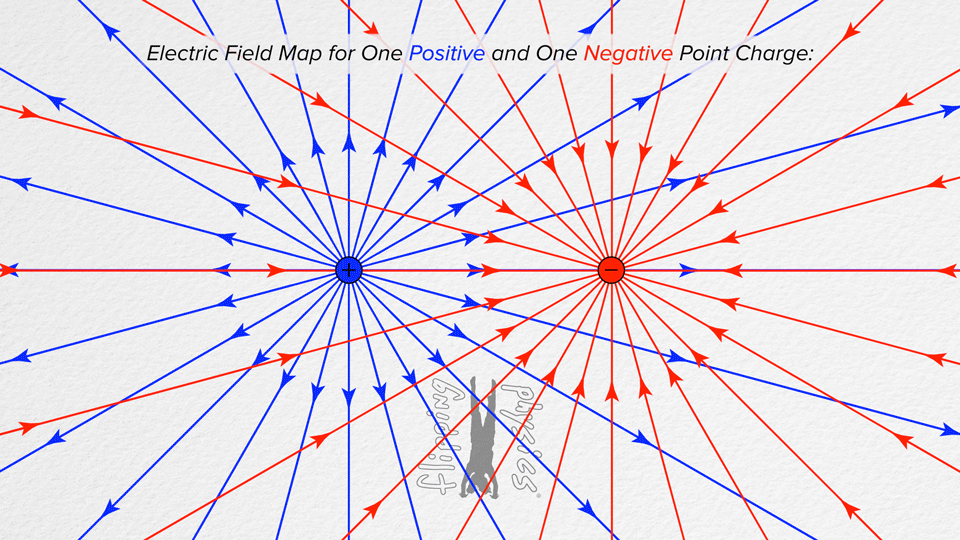Electric Charges and Electric Fields - Review for AP Physics C: Electricity and Magnetism
|
My review of the entire AP Physics C: Electricity and Magnetism curriculum begins here:
Electric Charges and Electric Fields - Review for AP Physics C: Electricity and Magnetism
1 Comment
10/25/2022 04:32:38 am
A typical residential home uses alternating current (AC) electricity. AC is normally delivered via electricity transmission lines, which run along roads and highways, and is transmitted to local substations. These substations convert the electricity into direct current (DC), the type used to power household devices. The electricity produced at substations ranges from 120 VAC/240 VAC to 277VAC/500 VAC depending on the locale.
Reply
Leave a Reply. |
Author
Yep, I make physics videos in the hope that you can learn physics. If you are a physics teacher, I am very hopeful that you will want to use them to help flip your physics class. Archives
June 2024
Categories |


 RSS Feed
RSS Feed